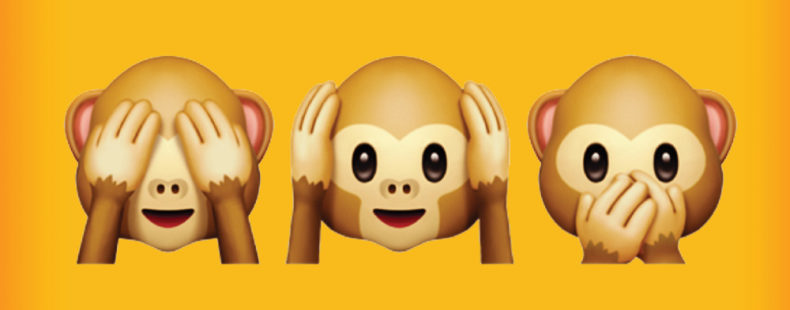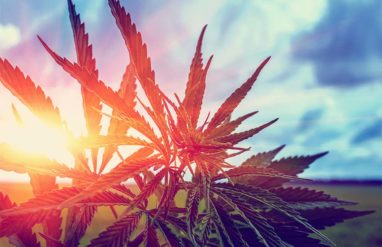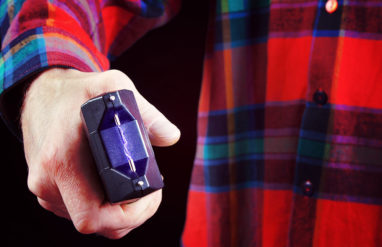chipmunk emoji
Technically, 🐿️ is the chipmunk emoji, but a lot of users think it’s a squirrel. The fact that it’s holding an acorn on many platforms doesn’t help with the case of mistaken identity.
As there isn’t a squirrel emoji (yet), most of us make do with the chipmunk emoji. Most of us. Some, though, have had enough and demand an eastern gray squirrel emoji. A Change.org petition was even started in 2017 pushing the Unicode Consortium to “Make America Gray Again.” Unfortunately for squirrel emoji proponents, the petition was closed in 2018.
If you’ve ever seen a chipmunk, you know that they’re very cute. Those big eyes and chubby cheeks make for one of our all-time favorite rodents. They’re often featured in movies as princesses’ sidekicks, helpful talking woodland creatures, and even as a high-pitched, pop-star boy band, Alvin and the Chipmunks. If people are feeling bright-eyed and bushy-tailed, sometimes they’ll post selfies along with the hashtag “#🐿️.”
K-pop fans especially take to the chipmunk emoji, for its cuteness, when describing their favorite boy bands like BTS. Plus, there are quite a lot of Chipmunk versions of BTS songs on YouTube …






















